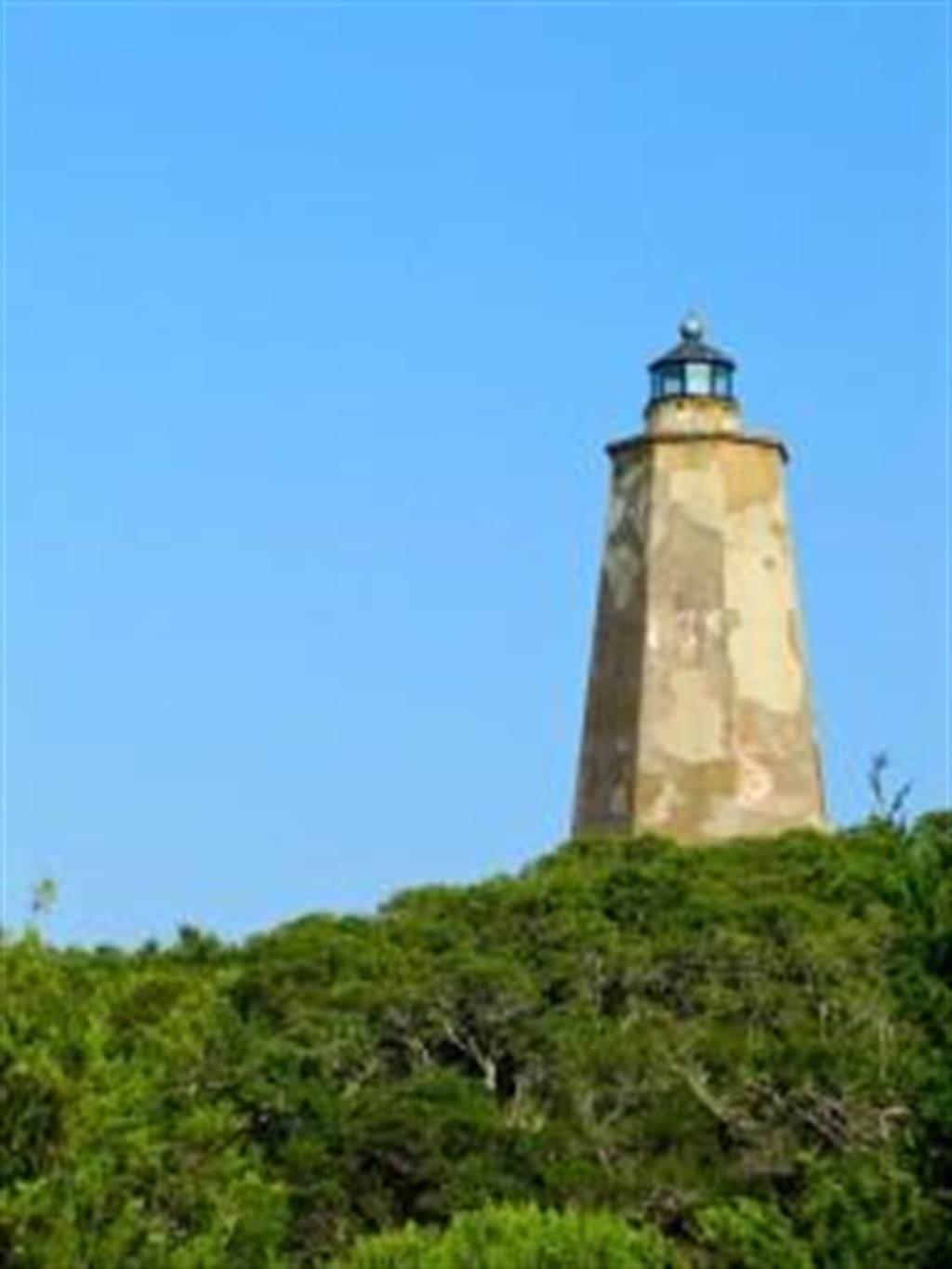Geocaching: A Guide to Safe Treasure Hunting
 This post is part of a series titled
This post is part of a series titled Haven: Behind the Scenes
, which delves deeper into some of our favorite stories from the most recent issue of Haven magazine.
In the latest issue of Haven we encourage you to explore Bald Head Island’s literally hidden treasures through a family-friendly outdoor game called geocaching. In geocaching, someone hides a cache (some sort of container) and posts its coordinates togeocaching.com. Then you put the coordinates into your GPS unit (whether a handheld dedicated unit or your GPS enabled smart phone) and head out to try to find it.
Bald Head Island is home to several caches scattered all around the island. We featured five of our favorites in Haven, but there are many more waiting to be found. Before you head out to search for these caches, we want to share a few rules to make sure you’re safe and courteous to your fellow islanders – people, plant and animal alike.
Following the old Boy Scout motto – Be Prepared – is simple, but sage, advice when it comes to geocaching. On Bald Head Island, this means having sun protection (hat, sun block, sunglasses), bug protection, the right shoes and clothing, water (snacks are optional) and a first aid kit. It also means having the standard geocaching toolkit – your GPS (preloaded with the caches you’re seeking), a pen or pencil to sign the cache log, a camera, and a treasure or calling card to leave in the cache box. As an avid geocacher, I recommend scouting out the area on Google Maps or something similar before you visit to get an idea of the where you’ll be going.
Practicing courtesy when geocaching means being aware of the impact you’re having on the environment and animals near the cache site. When looking for caches, watch your step and be mindful of sensitive environmental areas like the dunes and wetlands on the island. When you see wildlife, observe from a distance, don’t follow or approach them and don’t feed them (this is not only harmful to their health but also changes their behavior which could put them in a threatening situation).
If you decide to hide a cache, there are a few guidelines for that too. Make sure you have the property owner’s permission before hiding anything. Be sensitive to the environment – don’t hide a cache in a protected or sensitive area (like the dunes or wetlands), don’t hide your cache somewhere dangerous, and take care not to damage trees and other plants when hiding a cache. Don’t nail a cache to a tree, even though it may seem like a good hiding spot. More extensive guidelines and instructions for logging your newly-hidden cache can be found at www.geocaching.com.
Cache In, Trash Out, a program, started by Groundspeak (the group responsible for geocaching.com), encourages geocachers to help clean up cache-friendly places. Simply take a bag with you while you hunt for caches, collect any trash (non hazardous of course, I don’t want anyone touching anything gross) you find and dispose of it properly. If you find something you can’t take out, report it to the Village of BHI here or by phone at 910-457-9700. It’s an easy way to help others enjoy the beauty of Bald Head Island or wherever you’re geocaching.
For more intensive information on minimal-impact and Leave No Trace outdoor ethics, visit the Leave No Trace Center for Outdoor Ethics at www.LNT.org. To start finding caches on Bald Head Island and in your hometown, and to read more about Cache In Trash Out efforts, visit www.geocaching.com.
Published on Thursday, March 3, 2011